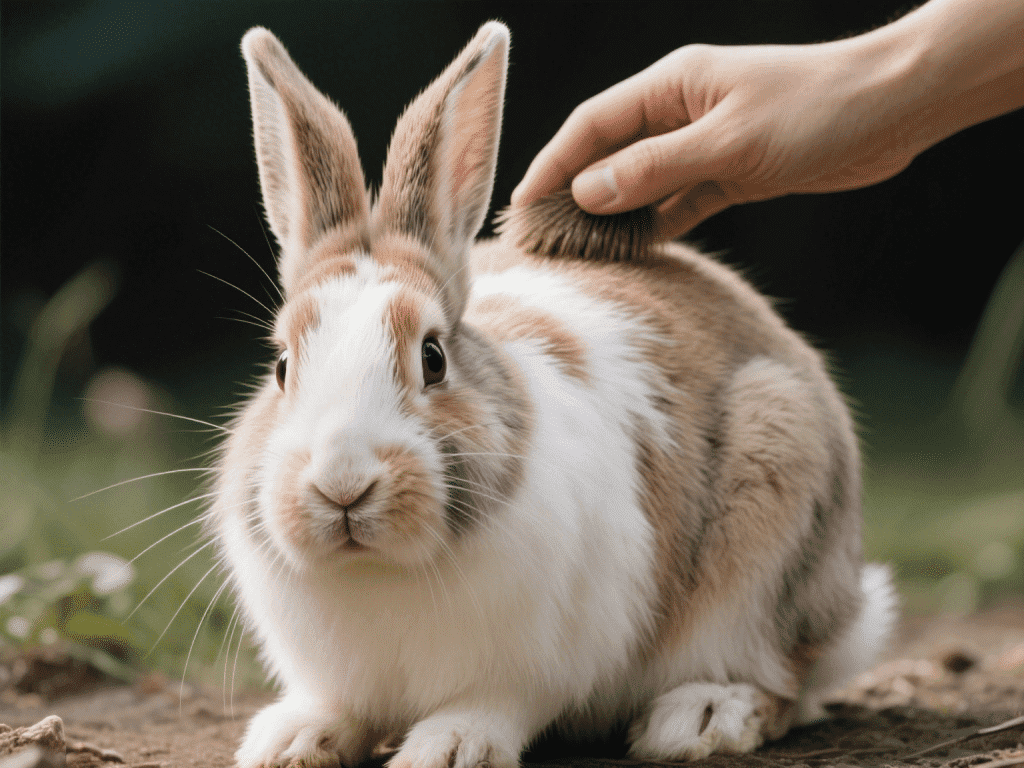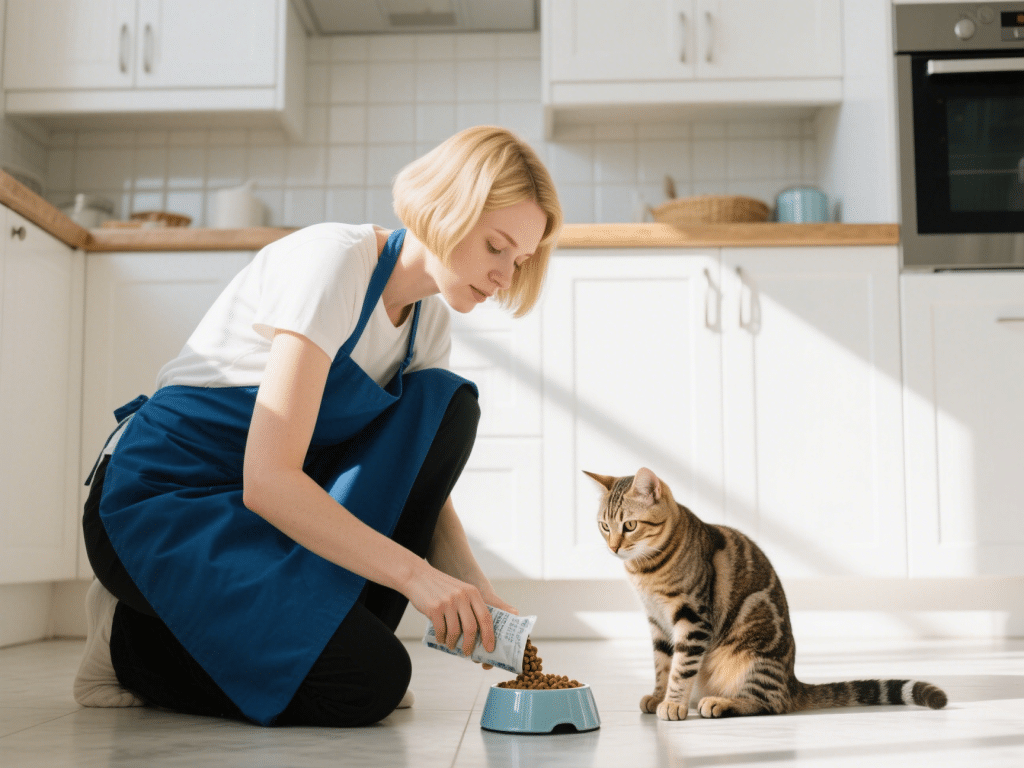The Ultimate Guide to Preventing Fur Mats in Domestic Rabbits

As a long‑time rabbit enthusiast and professional blogger, I’ve helped hundreds of bunny owners transform unruly coats into luxuriously soft fur. Fur mats aren’t just unsightly—they can trap moisture, harbor bacteria, and lead to painful skin infections. Follow these battle‑tested steps to keep your rabbit’s coat mat‑free year‑round.
1. Understand Why Mats Form
Rabbits shed heavily twice a year (“blowing coat”). Loose guard hairs tangle around the denser undercoat. Without regular brushing, those loose hairs knot into mats, especially around armpits, the chest, and behind the ears.
2. Invest in the Right Tools
– Undercoat Rake: Removes dense underfur without damaging the guard hairs.
– Soft Slicker Brush: Gentle on delicate skin; perfect for daily touch‑ups.
– Wide‑Tooth Comb: For carefully teasing out small tangles before they mature.
3. Establish a Regular Grooming Routine
Grooming isn’t a chore—it’s bonding time. During shedding seasons, brush at least every other day, focusing on trouble spots under the chin and on the rump. In off‑peak months, a weekly session keeps your rabbit comfortable and fur‑healthy.
4. Use Dematting Techniques Safely
For minor mats, gently hold the base and work from the tip inward with your comb. For larger knots, apply a drop of vegetable oil to loosen fibers, then gently tease apart with your fingers. Never cut mats with scissors—one slip can injure your rabbit.
5. Maintain Skin and Coat Health from Within
A balanced diet rich in fiber (timothy hay, small amounts of leafy greens) promotes healthy fur growth. Supplement with omega‑3 fatty acids (flaxseed oil or specially formulated rabbit supplements) to keep hairs pliant and less prone to tangling.
6. Monitor for Underlying Health Issues
Sudden, excessive matting may signal dental pain (rabbit can’t groom as usual), arthritis (stiff joints make self‑grooming painful), or skin conditions. Regular veterinary checkups catch these problems early.
7. Create a Calm Grooming Environment
Rabbits are prey animals—they startle easily. Choose a quiet room, use a non‑slip surface, and speak in soothing tones. Offer a favorite treat (small sprig of cilantro) to associate grooming with positive experiences.
8. Seasonal Deep‑Clean Sessions
Twice a year, schedule a 30‑minute “spa day.” Gently dunk problem areas in a shallow basin of lukewarm water (avoid full baths), towel‑dry thoroughly, then brush until the coat gleams. Always dry completely—damp fur leads to fungal growth.









Comments on "The Ultimate Guide to Preventing Fur Mats in Domestic Rabbits" :